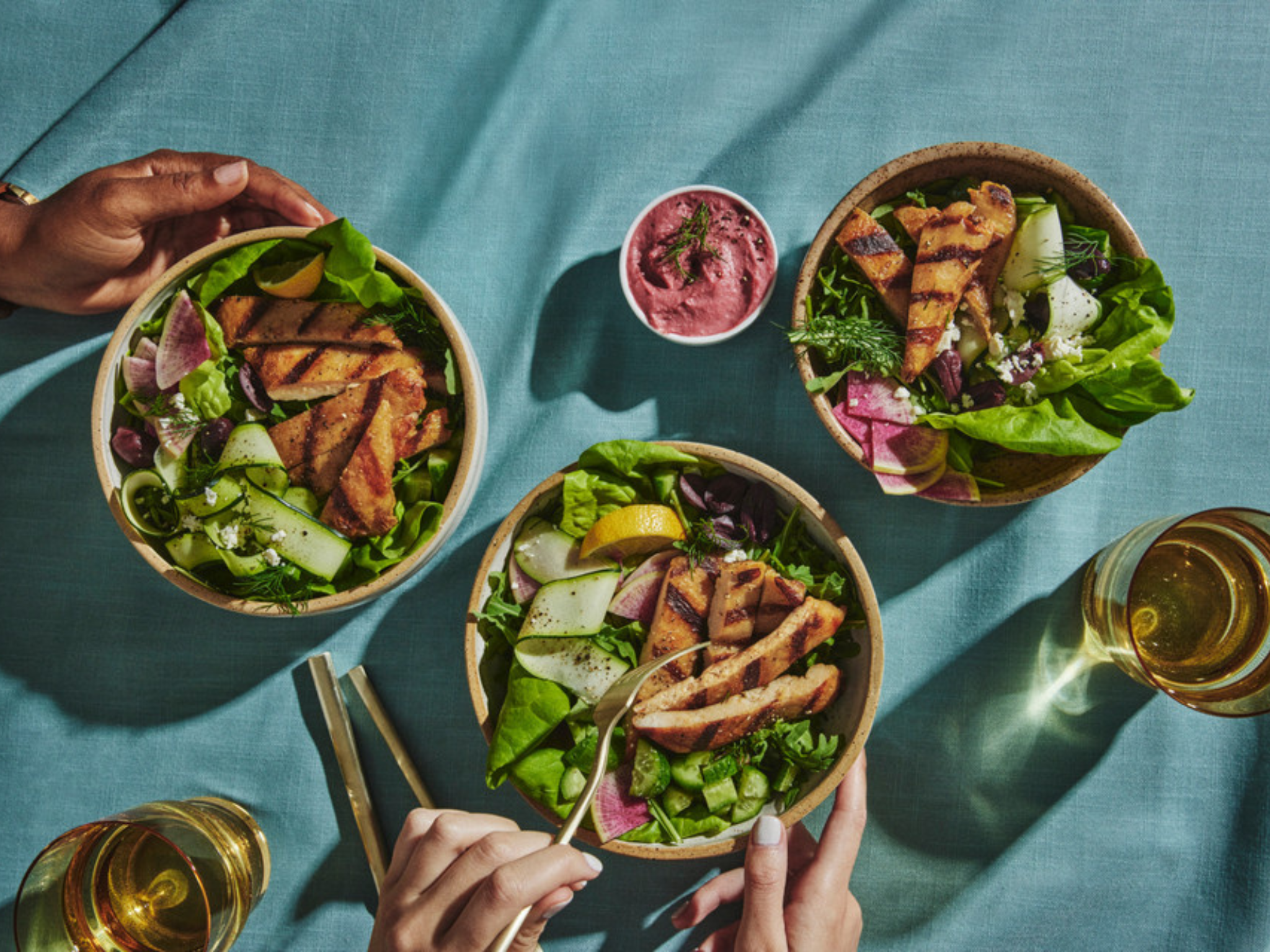4 Mins Read
A breakthrough study explores how continuous manufacturing can solve the scalability challenges of cultivated chicken and bring prices down to $6 per lb.
If you speak to anybody from the cultivated meat sector – be it a startup founder, an investor, or a think tank expert – most of them will likely tell you that scalability and costs are the two biggest bottlenecks of the industry’s progress.
As it stands, there’s simply not enough infrastructure to make cultivated meat in batches that will drive costs closer to conventional meat. According to McKinsey, startups in this space would need over 17 times the fermentation capacity that currently exists in the global pharmaceutical industry to meet the growth demands of the industry.
The consulting giant further states that it’ll take until at least 2030 for these proteins to reach price parity, and this is despite companies having brought down costs by 99% in less than a decade. One investor told Reuters that these products need to reach manufacturing costs of $2.92 per pound to be price-competitive with conventional meat.
Now, a new study by Israel’s Believer Meats and the Hebrew University of Jerusalem (HUJI) demonstrates how cultivated meat can be produced in a manner that is cost-effective, describing it as a potential “breakthrough” for the industry.
Published in the Nature Food journal, the research is based on a technology called tangential flow filtration (TFF) – an efficient way to separate and purify biomolecules – for the continuous manufacturing of cultivated meat. It can potentially bring down the cost of producing cultivated chicken to $6.20 per pound, in line with the retail price of conventional organic chicken.
For context, the only cultivated meat currently found in supermarkets, Good Meat’s chicken, has a retail price equivalent to over $20 per pound – and cultivated cells only make up 3% of the product.
Empirical study paves the way for accessible cultivated meat

Believer Meats founder Yaakov Nahmias and researchers from HUJI took inspiration from how Ford’s automated assembly line transformed the auto industry in the early 20th century.
They leveraged a new bioreactor assembly method (enabled by the TFF technique) to allow biomass expansion of 130 billion cells per litre, with a yield of 43% weight per volume. This process of cultivated the chicken cells was carried out continuously for over 20 days, leading to daily harvests of the biomass.
The study also introduced an animal-free culture medium that cost only $0.63 per litre, supporting the long-term, high-density culture of chicken cells. Culture media represent the bulk of the costs of cultivated meat production, and can cost hundreds of dollars.
Using this empirical data, the researchers conducted a techno-economic analysis of a hypothetical 50,000-litre production facility, which resulted in the aforementioned $6.20 per lb figure for cultivated chicken.
“Empirical data is the bedrock for any cost model of scaled cultivated meat production, and this study is the first to provide real-world empirical evidence for key factors that influence the cost of production, such as media cost, metabolic efficiency, and achievable yields in a scalable bioprocess design,” said Elliot Swartz, principal cultivated meat scientist at alternative protein think tank the Good Food Institute.
“Our findings show that continuous manufacturing enables cultivated meat production at a fraction of current costs, without resorting to genetic modification or mega-factories,” said Nahmias. “This technology brings us closer to making cultivated meat a viable and sustainable alternative to traditional animal farming.”
Cost-cutting efforts are front of mind for cultivated meat producers

The study’s authors acknowledged that various other factors would affect the final price of cultivated meat, but added that their research underscored the potential of continuous manufacturing to slash production costs and make these proteins more accessible to consumers.
The research has also presented solutions like a novel filter stack perfusion that can reduce factory costs, aside from the animal-free medium that can lower raw material costs and the continuous manufacturing that increases factory capacity. The analysis of the 50,000-litre facility resulted in a projected annual production of 2.14 million kg of cultivated chicken at price parity with USDA Organic chicken.
Many companies have been making efforts to decrease the cost of culture media, including pet food producers Meatly and BioCraft Pet Nutrition. The former has created a protein-free medium to get costs to just £1 ($1.30), while the latter has developed a plant-based medium that could bring market prices down to $2-2.50 per lb.
“This important study provides numerous data points that demonstrate the economic feasibility of cultivated meat. The study confirms early theoretical calculations that serum-free media can be produced at costs well below $1/L without forfeiting productivity, which is a key factor for cultivated meat achieving cost-competitiveness.”
Fellow Israeli company Ever After Foods has also developed a bioreactor platform that offers a 90% reduction in cultivated meat prices for its B2B clients. And researchers in Finland have posited stem cell metabolism as a way to produce these proteins without expensive growth factors.
Believer Meats, meanwhile, is currently building what it claims would be the world’s largest cultivated meat facility. Located in North Carolina, the 200,000 sq ft plant would be able to churn out at least 10,000 tonnes of product a year, and will help apply this continuous manufacturing research in practice on a large scale.



